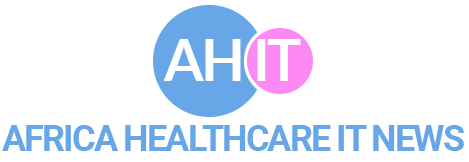BY JAMIE HALL, POSTMEDIA NEWS
EDMONTON — As he took the photographs, Russell Wong struggled to maintain his composure.
His subject was a young boy whose body was covered in bedsores. Many of them were open and oozing. Some were infected to the bone. Frozen in place by the effects of cerebral palsy, the eight-year-old had spent his days lying motionless on his bed, relying on his grandmother for care.
“That one really stuck with me,” recalled Wong, a third-year University of Alberta medical student. “That boy was suffering so much and not getting any treatment, and his grandmother didn’t know what to do to help him.”
Wong recently spent several weeks in Tanzania as part of an Edmonton-inspired telehealth project that has now expanded into Africa. Its goal is to help diagnose patients over the Internet and treat dermatological conditions that are rampant in developing countries, particularly in children, such as infections, burns, fungal and bacterial infections.
“Those types of conditions are very prevalent there,” Wong said. “They’re actually prevalent everywhere, but there, most of the doctors are trained in general practice.”
Without many specialists trained in the field, skin conditions don’t get quickly recognized or treated very well, he said.
Wong said the young boy was among the more severe cases he saw while visiting Tanzania. After he took photos of the youngster, Wong uploaded them and the boy’s medical history to a secure website, where they rocketed through cyberspace to Edmonton dermatologist Jaggi Rao.
Rao is also the director of the dermatology residency program in the University of Alberta’s faculty of medicine and dentistry. Two years ago, he started a program known as Consult Derm to offer long-distance medical assistance to patients with skin problems in northern and rural Alberta, as well as the Northwest Territories. Six dermatologists now take part in the program, providing 1,500 consults a year.
Rao joined forces with Wong to develop a philanthropic arm of the program. Telederm Outreach’s mandate is to provide free online expertise to developing countries. With help from Canadian Physicians for Aid and Relief, the pair was put in touch with Dr. Frank Artress, a California doctor living in Tanzania, and a partnership was struck. Wong travelled to Tanzania in August to train Artress, and to ensure his computer systems were compatible with the program.
While there, Wong made a house call and met the young boy with cerebral palsy.
Under Rao’s virtual guidance, Wong treated the boy and educated the grandmother on what she could do to mitigate her grandson’s suffering by cushioning his body and turning him every 15 or 30 minutes whenever possible.
“We gave him painkillers, cleaned out the wounds, applied a topical antibiotic, and made a referral to a local hospital so he could receive IV antibiotics,” Wong said. “He couldn’t stay in the hospital for long because they’re poor and they can’t afford it, but by the time we left he was feeling so much better
© Copyright (c) The Edmonton Journal
Source:: http://www.edmontonjournal.com
Doctors use Technology to Diagnose skin conditions in Africa
Spread the love


